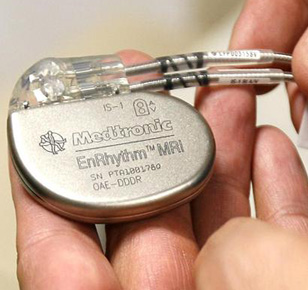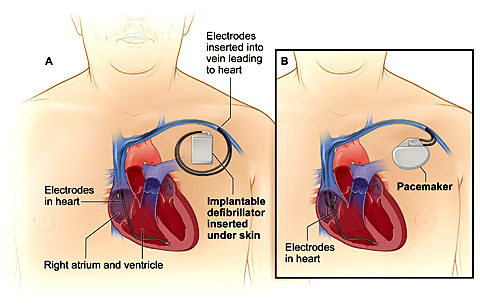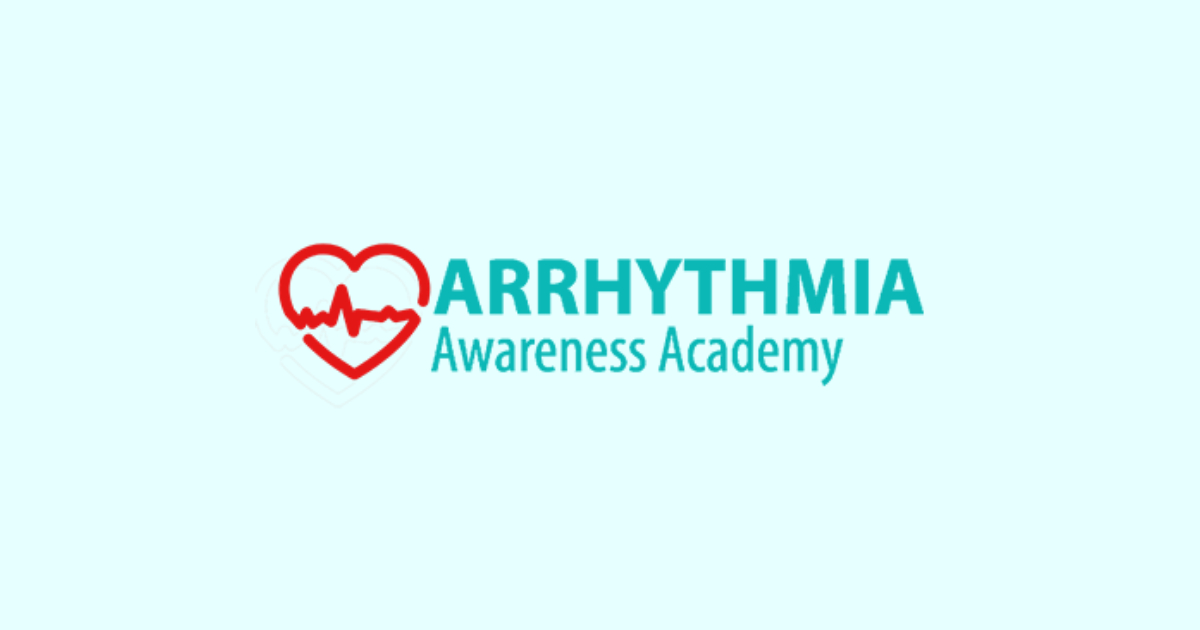All gene carriers must avoid medications which prolong the QT interval, can cause torsade de pointes or lower serum potassium levels. A constantly updated list is available at https://crediblemeds.org/.
ASSESSING LEVEL OF RISK OF SUDDEN CARDIAC DEATH
Management must be guided by an assessment of risk. Data from the international long QT registry show that the most important features are:
- Length of the QT interval on serial resting ECGs;
- History of arrhythmic syncope or cardiac arrest; and
- Gender.
Whilst adrenaline challenge and exercise testing can help clarify gene carriage state, there is as yet no evidence supporting the use of such recordings to assess risk. Although the death of a family member may understandably bring a perception of increased risk, there is no evidence that it does. Careful evaluation has demonstrated for example that death of a sibling does not increase risk
LIFESTYLE MODIFICATIONS
With all forms of LQTS, where there is a long QT interval (and not necessarily just gene carriage), some degree of limitation in sporting activity is recommended.
The limitation needs to be more severe with LQT1, or those who have already experienced events during exercise, than LQT2 and 3. They should not become professional athletes, and all highly competitive sports are to be discouraged. With LQT 1, and subjects with a history of exercise induced syncope, swimming and diving are contraindicated.
With LQT 2, or those with a history of auditory evoked events, remove loud alarm clocks and turn down the volume on the phone at night.
BETA BLOCKADE
Beta blockade should be initiated in those who have had symptoms, and those with a definite long QT interval, particularly in pre-adolescent boys, including infants. Overall reduction of risk of sudden cardiac death in high risk subjects is 67% in LQT 1 males and 71% in LQT 2 females. Beta blockers are also used in long QT 3 although the response may not be as good as in KLQT1 and 2 and additional treatment may be required. Once started, they should not be stopped; there is a period of high risk after stopping beta-blockers due to up-regulation of beta-receptors on treatment.
INTRACARDIAC CARDIOVERTER-DEFIBRILLATORS (ICD)
This issue is reviewed by the Heart Rhythm UK sudden death group recently. These devices are not without morbidity and patients must be selected carefully. AICDs are considered to be indicated for:
- Resuscitated cardiac arrest,
- Persistent arrhythmic syncope whilst on beta blockers,
- When beta blockers are contra-indicated and high risk is established.
A relative indication is the presence of a very long QT interval (QTc>0.55sec) even without symptomatology, particularly adult females and males with LQT 3. Unless inserted for contraindication to beta-blockers, it is important that beta-blockers are continued because of the risk that a defibrillation shock may cause an adrenergic surge and precipitate a further event or electrical storm.
LEFT CERVICAL SYMPATHECTOMY
Minimally invasive selective left cardiac sympathectomy may be considered for:
- Those with severe disease and in whom beta blockers are contra-indicated or AICD cannot be placed or is refused by the patient.
- Controlling VT storms in those with an AICD,
- High risk LQT3 or a personal or family history of events during rest or sleep.
Some individuals at intermediate risk may choose this option rather than take beta blockers, and it may be considered as a primary prevention, particularly boys with LQT1. Those at high risk should continue beta blockers after the sympathectomy when feasible.
All patients with LQTS should avoid medications contra-indicated in LQTS. A list of these drugs can be found on the net under ‘LQT drugs’ Those with a long QT interval (>500ms), especially young males and adult females need to be treated much as someone who has already presented with syncope. Beta blockers should be proposed and sensible limitations placed on sporting activities and particularly swimming. The role of beta blockers in those without symptoms, a normal QT interval and yet a positive genetic diagnosis is controversial, since evidence is not yet strong to establish a reduction in risk. Those with a family history of adrenergic induced cardiac events, or known to have LQT1, are most likely to benefit. It should be remembered that intermittent adherence to beta blocker therapy may carry its own risk; when the medication is stopped, the up-regulated beta-receptors may lead to an increased risk for a few days after stopping.
The main aim of the clinician is to prevent sudden death though medication and life-style changes. A secondary aim is to assist the family in their adjustments that have to be made. Time and skilled psychological and genetic counselling is required. This is often more than the busy cardiologist can provide and suitable professional assistance should be offered when appropriate. Genetic counselling is particularly important prior to testing an asymptomatic individual with a normal ECG. A positive result may have adverse psychological, social, employment and insurance effects. Some of those at highest risk are adolescents and teenagers. Beta blockers and the limitations on activities are both hard pills to swallow, and whilst encouraging adherence, it is important not to alienate the patient. They will need to feel some retention of control in their lives. This topic has been adapted from the CSANZ guidelines for management of Long QT syndrome Useful websites include:
- https://crediblemeds.org/ Lists all drugs that are to be avoided in Long QT syndrome
- https://sads.org (International site of the Sudden Arrhythmic Death Society)
- www.sads.org.au (Australian site)
- www.cidg.org.nz (Cardiac Inherited Disease Group, New Zealand)


